By Michael Wilmington & Film Noir Blonde
The Noir File is FNB’s guide to classic film noir, neo-noir and pre-noir on cable TV. All movies below are from the schedule of Turner Classic Movies (TCM), which broadcasts them uncut and uninterrupted. The times are Eastern Standard and (Pacific Standard).
8 p.m. (5 p.m.): “13 Rue Madeleine” (1947, Henry Hathaway). One of Hathaway’s signature true-crime thrillers. (See “House on 92nd Street” below.) Stark and tense, set in wartime France, with O.S.S. spy guy James Cagney trying to uncover a Nazi infiltrator. With Annabella, Richard Conte and Red Buttons.
9:45 p.m. (6:45 p.m.): “The House on 92nd Street” (1945, Henry Hathaway). New York FBI Agents try to crack a WWII Nazi spy ring, which is bent on stealing A-bomb secrets. This is the first of director Hathaway’s innovative docu-dramas, based on fact and often filmed on the actual locations.
These excellent true-crime noirs (including “Call Northside 777,” “13 Rue Madeleine,” and “Kiss of Death” ) were Hathaway’s personal favorites of his entire career. Along with post-war Italian neo-realism, they blazed a trail for greater cinematic realism. Starring Lloyd Nolan, William Eythe, Signe Hasso, and Leo G. Carroll.
Friday, March 15
OK, so maybe an old maid isn’t quite the vibe a femme fatale wants to channel. But so many delightful Bette Davis moments in one day surely warrant a mention. Start your weekend with a bang and check out the lineup for the day.
Our faves are: “Front Page Woman” (1935, Michael Curtiz), “Jezebel” (1938, William Wyler), “Dark Victory” (1939, Edmund Goulding), “The Old Maid” (1939, Edmund Goulding), “In This Our Life” (1942, John Huston).
There is also a 1984 doc: “Bette Davis: The Benevolent Volcano.”
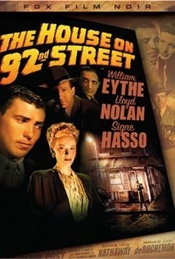
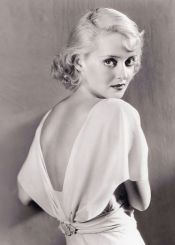





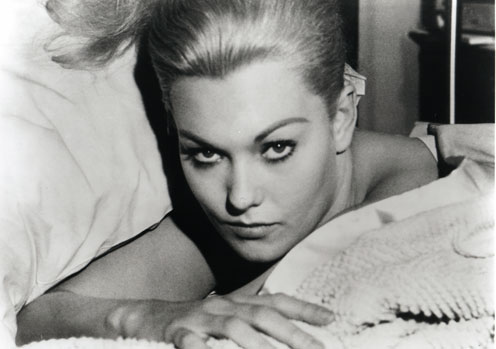
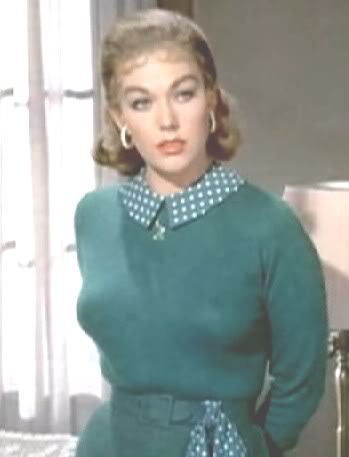
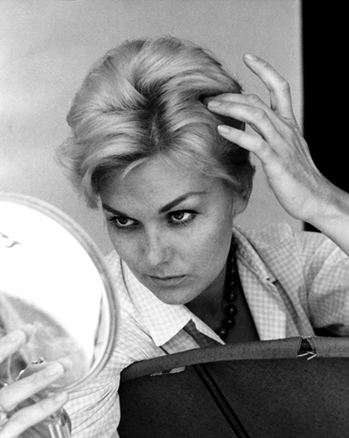

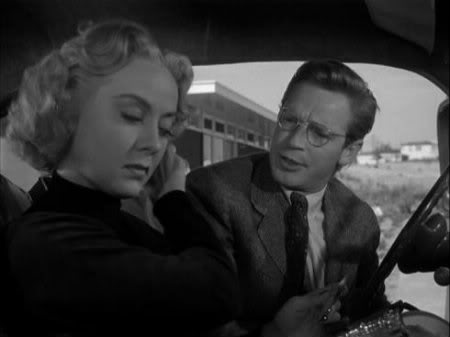
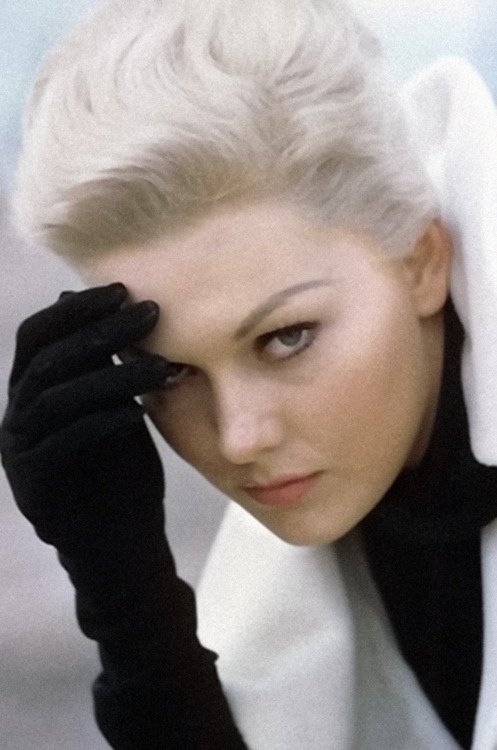
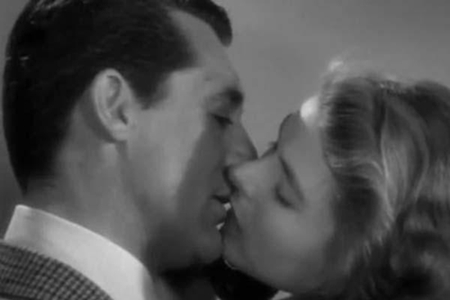
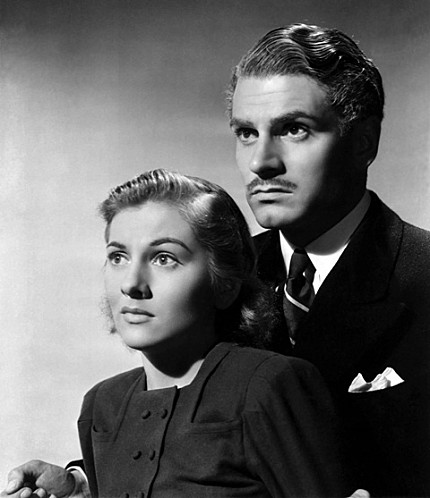
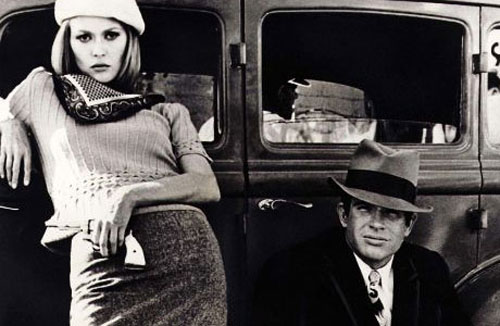
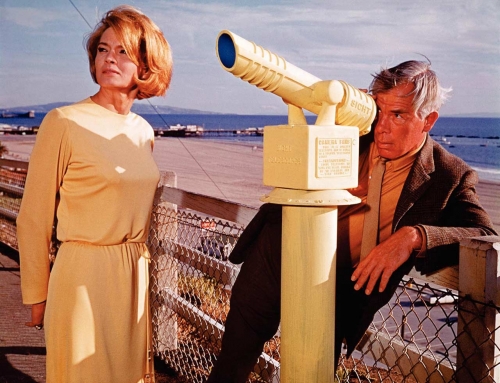
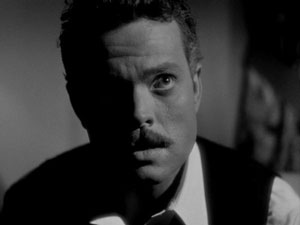
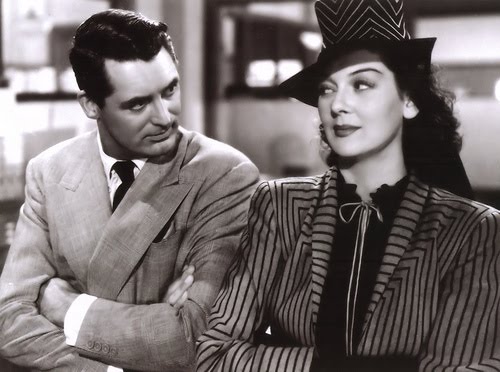
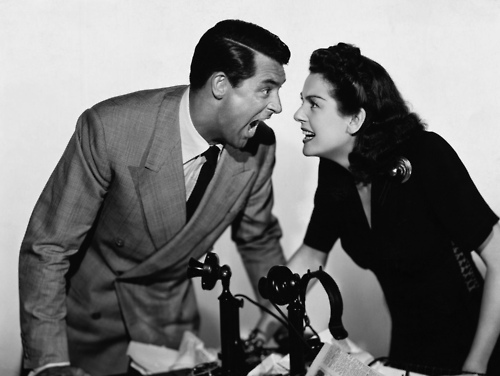
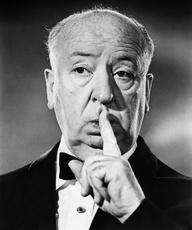

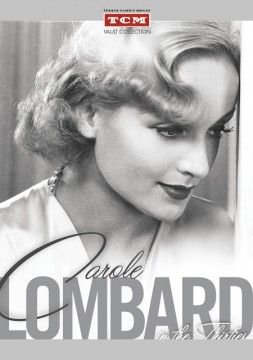
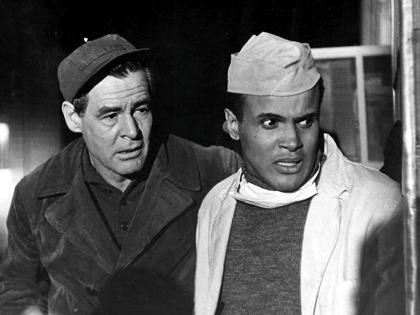
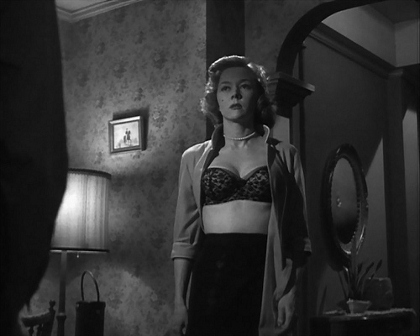






From FNB readers